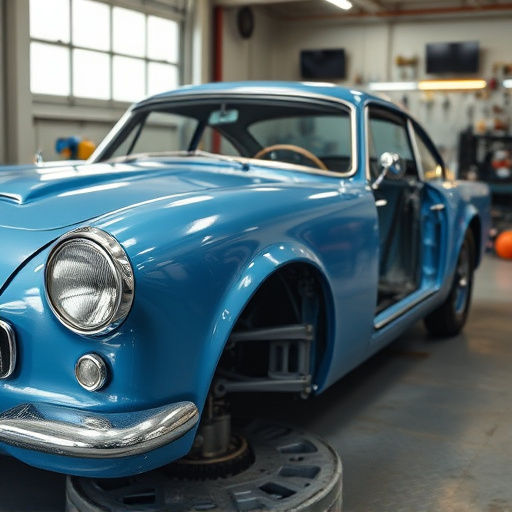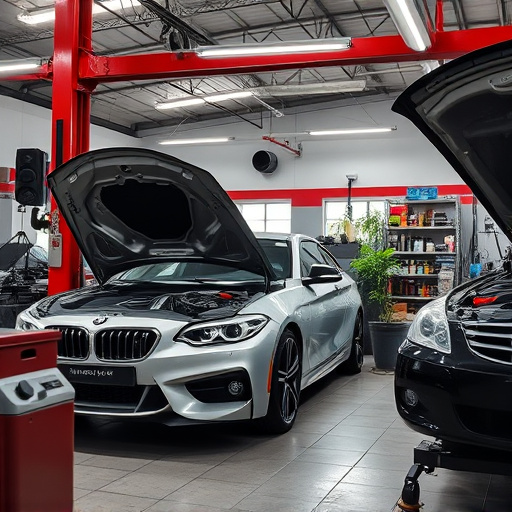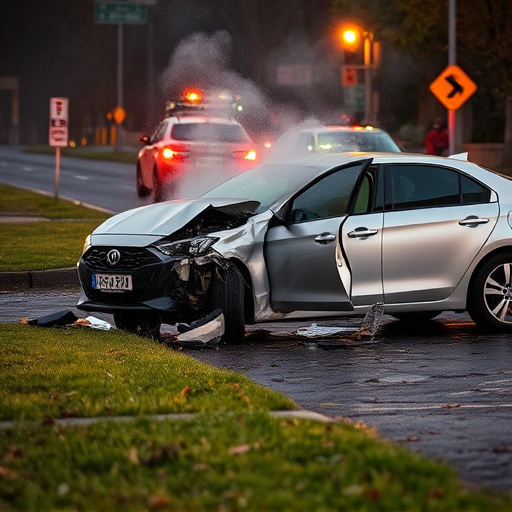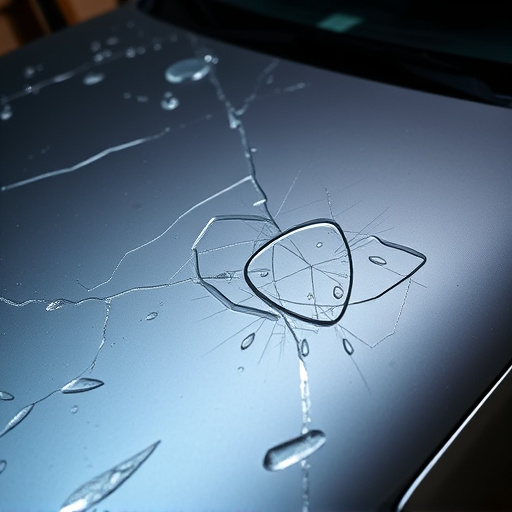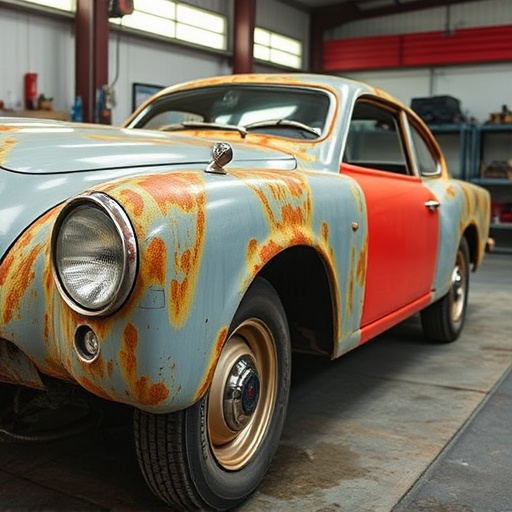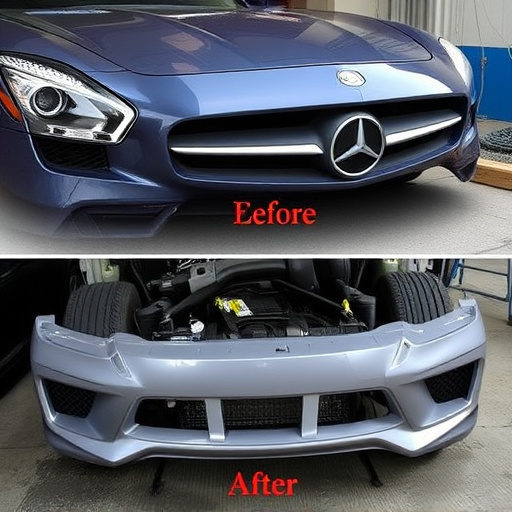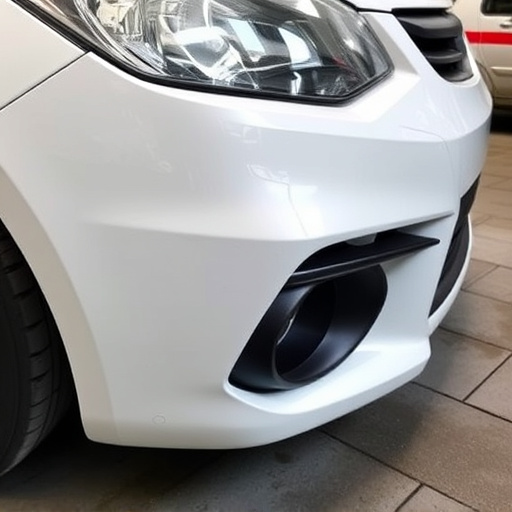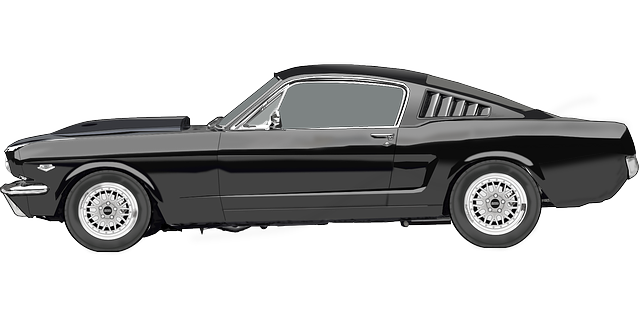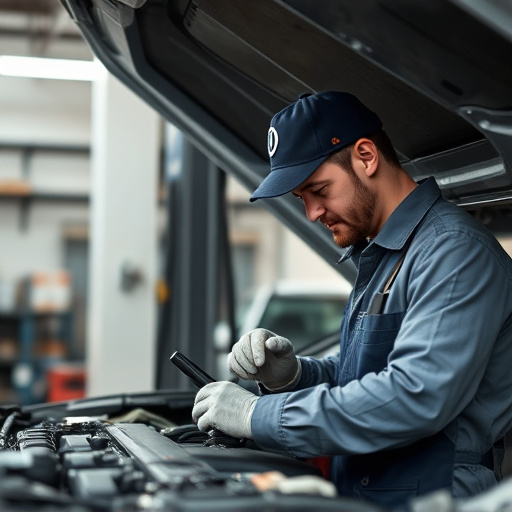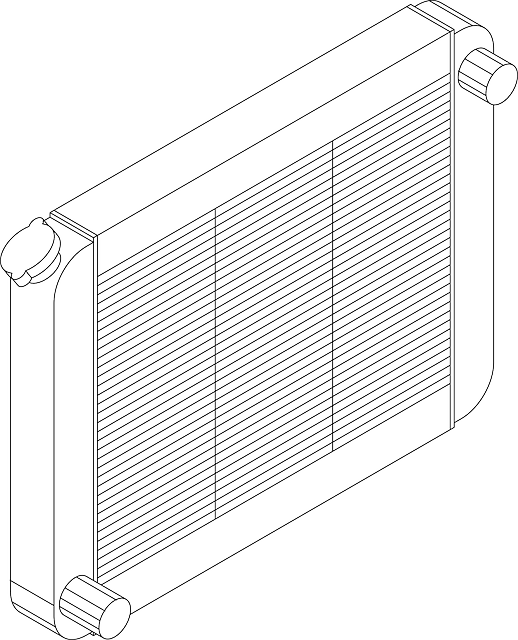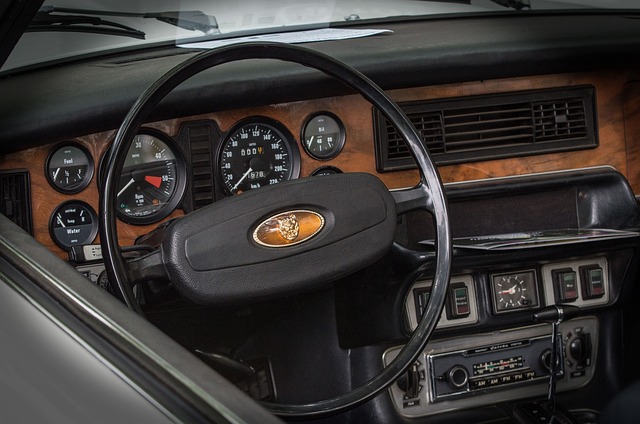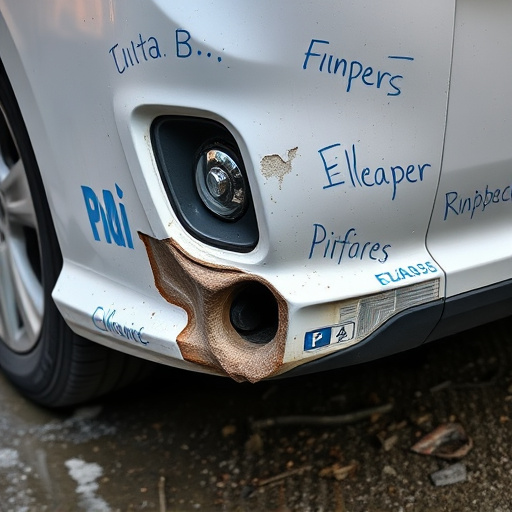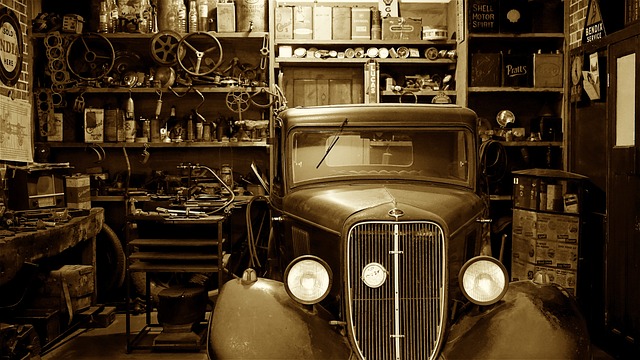Frame repair specialists employ a multi-faceted approach to assess vehicle feasibility for repair, including detailed visual and structural analysis with 3D scanning technology, considering age, mileage, and past damage history. They carefully evaluate damage severity, location, part availability, cost, and effectiveness of auto detailing and body repair techniques to restore safety and aesthetics. These specialists are crucial in ensuring vehicle restoration quality, structural integrity, and customer satisfaction through advanced techniques and state-of-the-art equipment.
- Understanding the Assessment Process
- Factors Influencing Repair Feasibility Decisions
- The Art of Estimating Costs and Timeframe
Understanding the Assessment Process

When it comes to assessing the feasibility of a frame repair, specialists employ a meticulous process that goes beyond visual inspection. They begin by thoroughly examining the damaged area, utilizing advanced tools and techniques to measure and analyze the extent of the damage. This involves assessing both structural integrity and cosmetic considerations, as even minor imperfections can impact the overall appearance and safety of the vehicle.
The assessment process often includes 3D scanning technology that captures precise measurements, allowing frame repair specialists to pinpoint exact repairs needed. They also consider factors like age, mileage, and previous damage history—all crucial elements in determining the best course of action for auto body repair or even a complete automotive repair. This meticulous approach ensures that any decision regarding feasibility is informed and tailored to each unique vehicle, ultimately guiding owners towards the most efficient and effective solution.
Factors Influencing Repair Feasibility Decisions
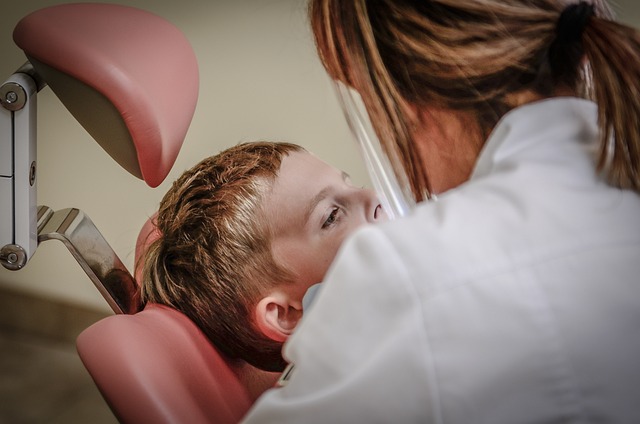
When frame repair specialists assess the feasibility of repairing a damaged vehicle, several factors come into play. These professionals are adept at analyzing the extent of the damage and determining whether it’s cost-effective to fix or if replacement is a better option. One primary consideration is the severity and location of the damage. Major structural issues, such as bent or fractured metal frames, often require extensive welding and straightening, making repairs more complex and expensive. In contrast, minor dents or dings might be suitable for auto body repair techniques like painting or panel replacement.
Additionally, frame repair specialists take into account the age and condition of the vehicle. Older cars may have limited availability of genuine spare parts, which can complicate the repair process and increase costs. The accessibility and cost of these parts play a significant role in deciding whether to proceed with repairs. Moreover, auto detailing and auto body repair techniques are considered to restore the vehicle’s aesthetic appeal and structural integrity, ensuring it meets safety standards, thereby influencing the overall feasibility decision for frame repair specialists.
The Art of Estimating Costs and Timeframe

Frame repair specialists employ a meticulous assessment process, considering various factors to determine the feasibility of repairs. By examining damage extent, material availability, and technical complexity, they can accurately estimate costs and timelines. This expertise ensures that clients receive reliable insights into their restoration options, empowering informed decisions for successful frame repairs.
